Shree Benoy K Behl (art photographer, filmmaker,and historian) addresses Srijan Talks on beautiful aspects of Indian art and highlights the eternal murals of Ajantha Cave paintings from 5th Century also considered as the fountainhead of classic tradition of painting in Asia (the earliest Buddhist imageries in the world).
Mr. Benoy K Behl has visited major museums of the world to throw light on the hidden treasures of our motherland. Located in Aurangabad district of Maharashtra, BenoyBehl not only shares his 27yr old experience of photographing Ajanta, but he also explores and explains the intricate details of architectural methods of adopted by the decade old artists in the chitra sutra, the earliest known exposition on paintings from ancient to medieval era of Indian history.
Earliest deities of Indian art is Indra, the king of God’s, images ground period caves in Bhaaja (Maharashtra), whose primary weapon is Thunderbolt.
Bodhisattva (One who is on the way to salvation) Padmapaani (Bearer if Thunderbolt) brings the glorious crown of majestic peace of spirit within us. Then Mr. Behl talks of Parvati image (Shiva Kaane) the cosmic dance of Shiva cannot be complete without his spouse Goddess Parvati who must be the witness of his (eternal dance).
Such technical virtuosity of the art raised a unanimous acceptance amongst all ancient art lovers and history enthusiast that the Ajanta paintings are indeed the finest examples of spectacular history of human architecture in the world has ever seen.
The paintings had a rare and unique vision of Life within itself, the one which applies to all living things on earth, it offered a line of compassion at every level the artist intended to show.

Mr Behl later talks of unseen 10th century, Brihadeshwara temple in ambulatory (Thanjavur) After which Ajanta also came to light as the tradition of ancient Indian painting before which it was not given much importance. Mr. Behl had the fortune to photograph 5th to 12th century paintings of magnificent Indian art murals since then.
The philosophy of aesthetics was very sharply developed in Indian sub-continent. Observing the divine pieces of paintings leaves a profound impact of attaining the Supreme power- Brahmananda, the ecstasy of salvation itself overcoming the physical bondages (Maya or Mithyai.e., Illusion and lie) of Human world.
There were no guards from philosophic tradition of Indian art, there are only deities that is the personification of our own self, the energy within us that helps to overcome the negative feature of human mind. Powerful lights were not allowed to be used but whatever potential of Light was used, got filtered through dimmer from high voltage casting an orangish light reflection on the paintings.
Mr. Behl has a wide experience in capturing true colours of pictures in extremely dim lights akin to darkness. Cave 1 Image of a Princely figure who has an offering of lotus for the vajrapani.
The latest version of Buddhism practised today in the world is known as Vajrayana(the vehicle of the thunderbolt) whose logic and teachings are as striking as the thunderbolt. Around him we see the half bird- half human kinnar musicians, monkeys and geese playing around him. The marvellous feel of stillness is the theme of life seen on the deity’s face. A couple sitting in harmony to the left of Padmapani, whose gradual lightning and deepness of colour pervades the rendering of art form. Another painting depicts the MahajanakJataka which deal with tales from Life of Lord Buddha.
King Mahajanak is seen listening to the sermons of Buddha and decides to renounce his sophisticated life and stay as an ascetic the rest if his life in forest. His wife Queen Shivali’s eyes are drawn in a specific manner according to vichitra sutra. Her clothes highlight the finest tradition of textile design that is still practised in India even today. VisvantaraJatak is also seen in a painting who is regarded as the Buddha in his next birth, is seen on the painting as the Prince who leaves for a spiritual life along with his wife.
The paintings from Deccan’s Vijayanagar Kingdom, the Fatehpur Sikri paintings show the influence of European invaders during Akbar’s reign. The 16th century painting of Venugopala- the Indic art representation if Lord Krishna playing flute. The Kerala paintings of Krishna depicts the last remains of shading techniques of painting. Animals constitute the important forms presented no less than humans in Indian architecture that shows how significant they were to humans at that period.
The artist of the paintings seems to visualise the whole world in his creation. Even the art of Chamba (Himachal Pradesh) had some striking similarities with paintings of Kashmir Valley in that period that talks of Kumarajeeva- the gifted Sanskrit translator as kucha. Paintings from Orissa temple depicting incident from Ramayana.
Mr. Behl even talks of Dunkar Caves of Western Tibet and Myanmar whose paintings find resemblance with Ajanta genre of paintings and bear the exquisiteness and subtlety of paintings trained under Kashmiri artists.
Now, the historic mural of the Indian Heritage is preserved as highly digitised restored documentation in virtual museum under the Project Ajanta HC seen as a joint effort by UITV chairman Mr. Vedan Choolun and Sapio Analytics of Mumbai’s CEO Mr. Ashwin Srivastav in co-ordination with Indian government.


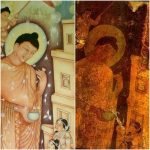

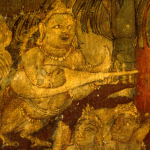
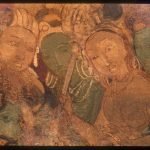



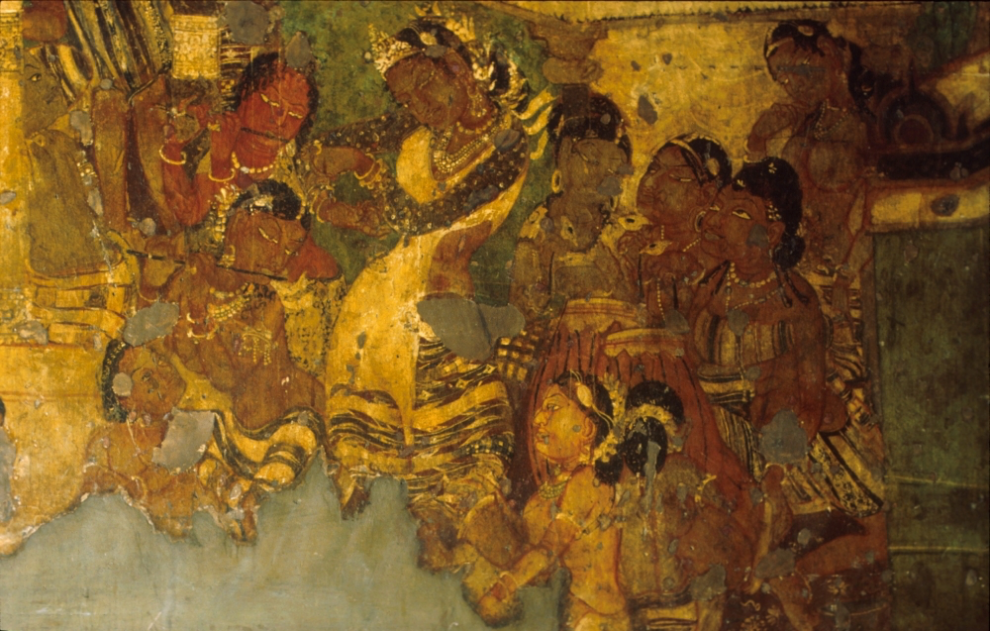

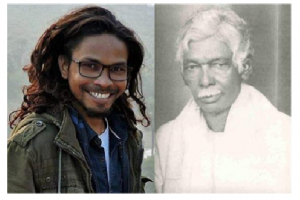
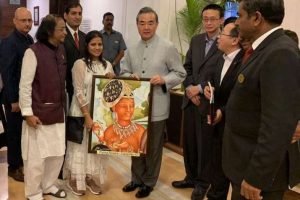

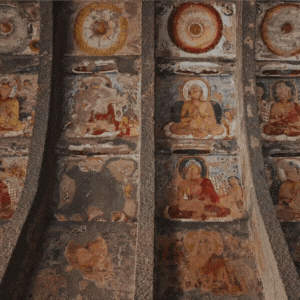

Add Comment